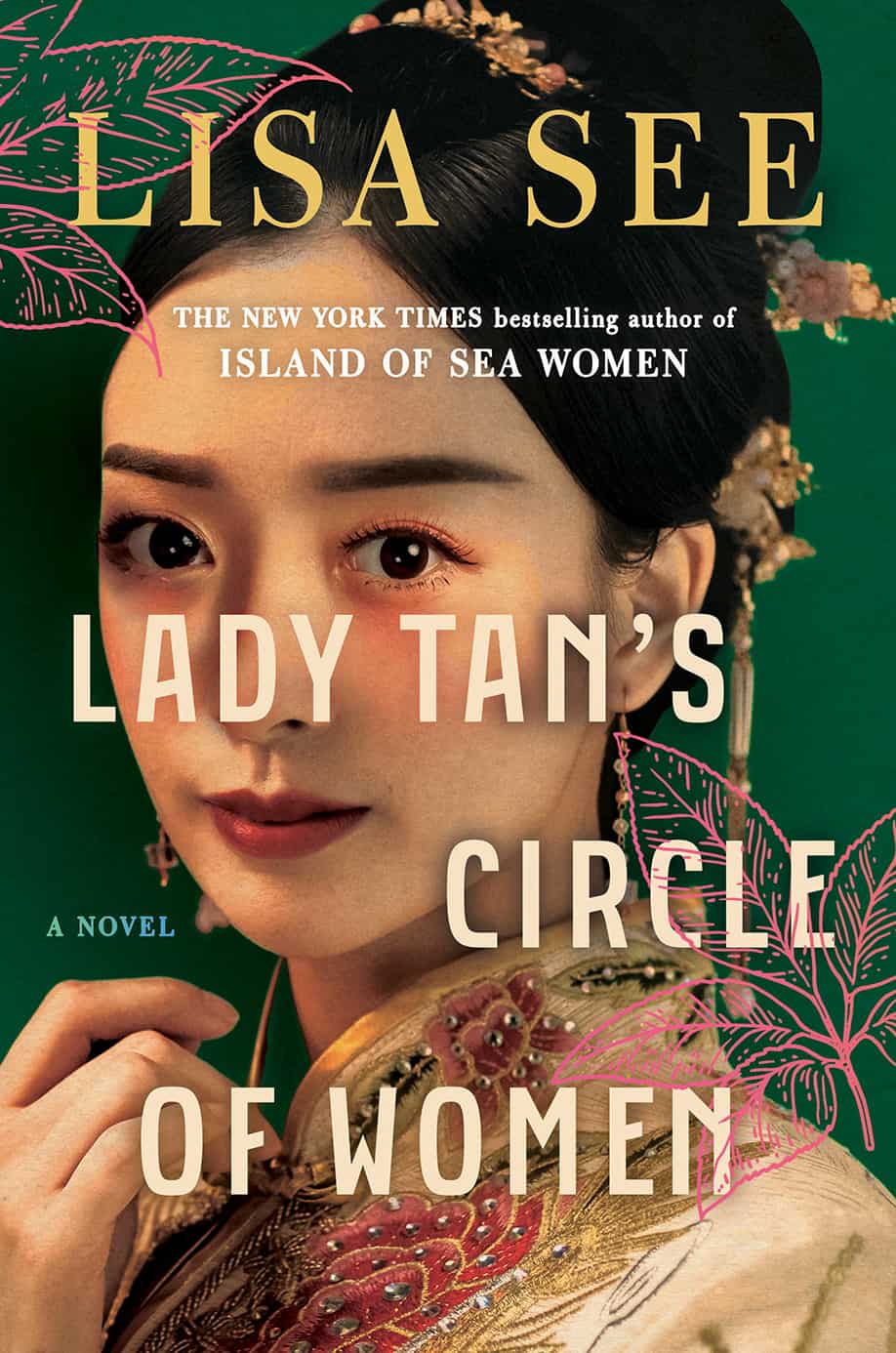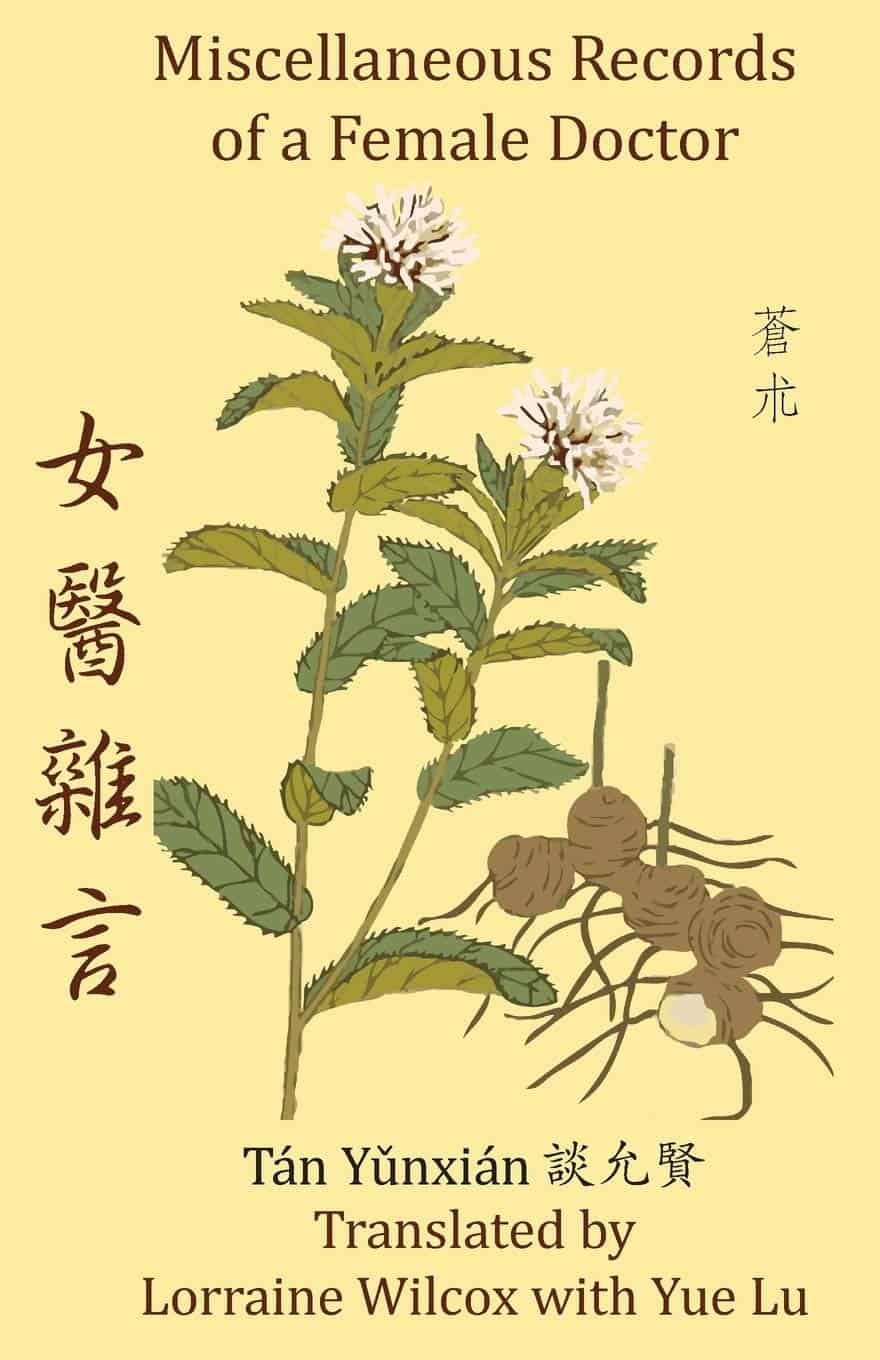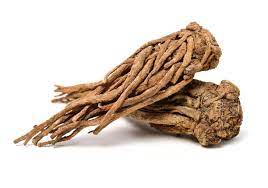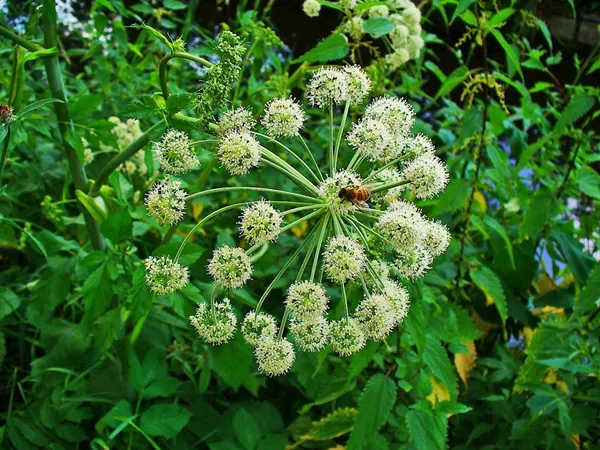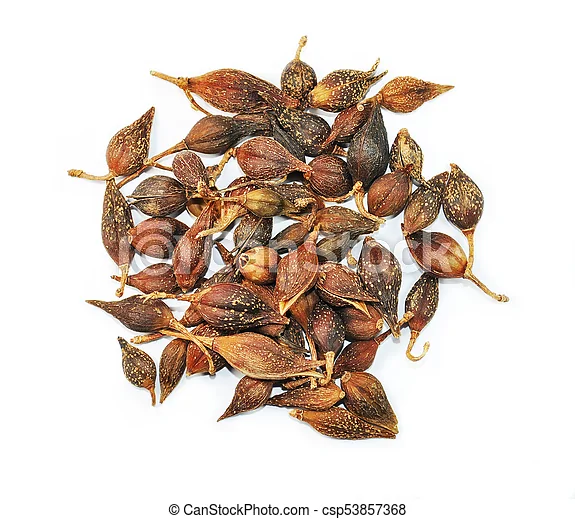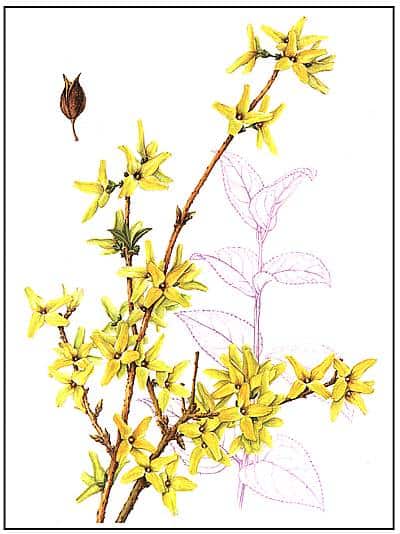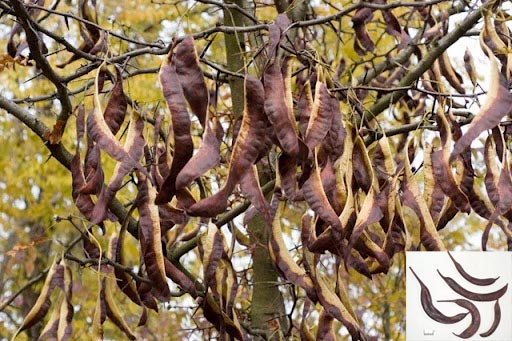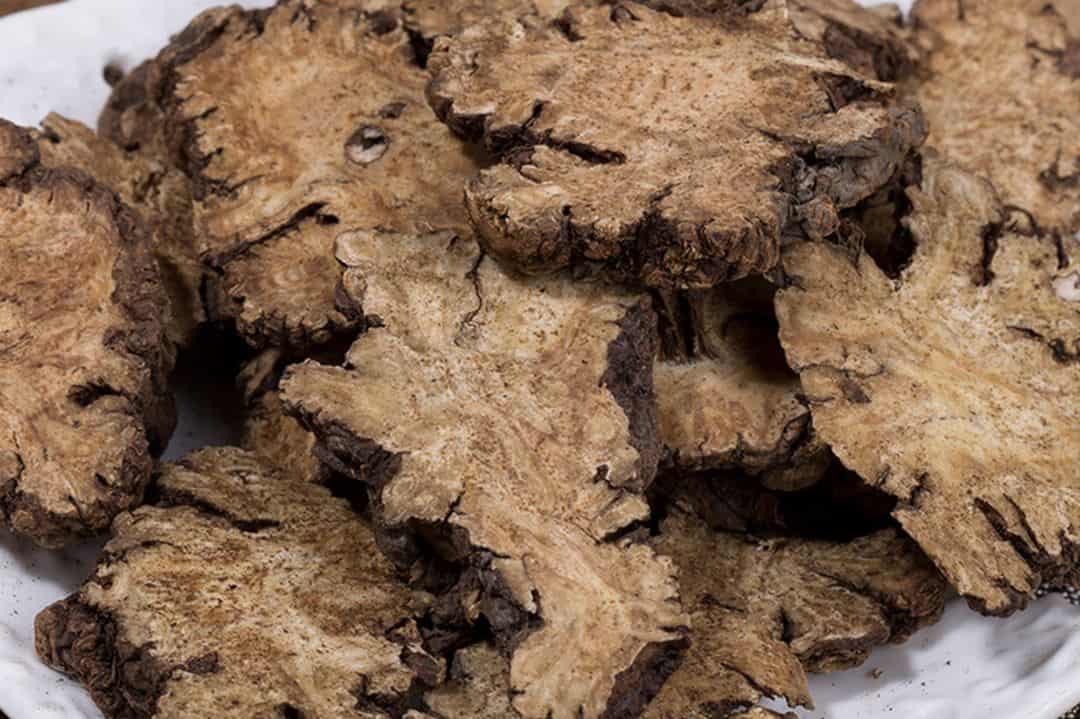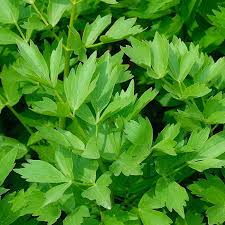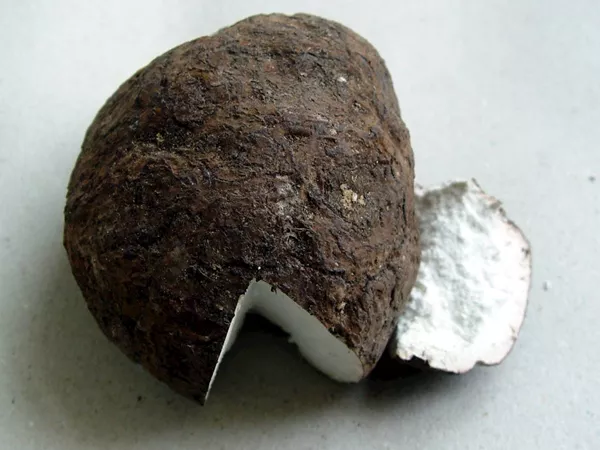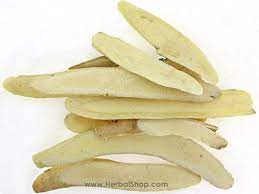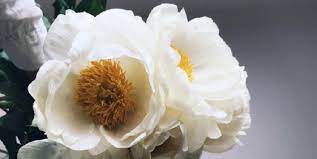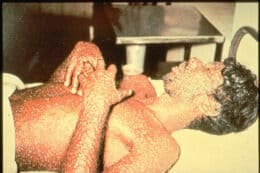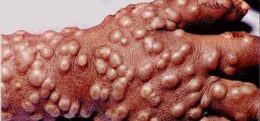Discover Lady Tan’s World
Use the tabs to navigate through the Lady Tan’s World.
Part 1: Lady Tan and Traditional Chinese Medicine
- Tan Yunxian
- Traditional Chinese Medicine
- The Four Examinations
- The Five Depot Organs
- The Five Elements
- Pulse-taking
- Traditional Chinese Medicinal Herbs
- Angelica
- Atractylodis
- Forsythia
- Ginseng
- Honey Locust Fruit
- Licorice Root
- Lovage
- Mugwort
- Poria Mushroom
- Radish Seeds
- Rehmannia
- White Peony Root
- Moxibustion
- Small Pox and Variolation
Part 2: Historical Ming China
- Ming Dynasty
- History of the Ming Dynasty
- Traditional Hanfu
- Makeup and Hair
- Imperial Scholars
- Imperial Exams
- Civil Badges
- Military Badges
Part 3: Traditions and Culture
- Marriage Bed
- Confucius
- Forensics and Punishments
- The Washing Away of Wrongs
- Cangue
- Punishments and Tortures
- Foot Binding
- Concubines and Eunuchs
- Concubines
- Eunuchs
- Weddings
- Wedding Costume and Headdress
- Three Letters
- Six Etiquettes
- Child Bearing
- Midwives
- Childbirth
- Funerals
- Dragon Boat Festival
- Tea
Part 4: People and Places
- Garden of Fragrant Delights
- Humble Administrator’s Garden
- Qiao’s Family Compound
- Places
- Grand Canal
- Sampan
- Wuxi
- Lake Tai
- Forbidden City
- People
- Emperor Hongzhi
- Empress Zhang
Tan Yunxian
Tan Yunxian (Chinese: 談允賢; 1461–1554) was a Chinese physician during the Ming dynasty in China.
Tan’s grandmother was the daughter of a physician. One reason Tan’s grandfather married her grandmother was to learn medicine himself. Two of her grandparents’ sons were able to pass the jinshi examinations, and they became officials. One of these sons was Tan’s father. Due to the fondness her grandparents had for her, which evidence shows was directly related to her intellect, her grandparents passed on their medical knowledge to her. Tan Yunxian later married, raised four children, and practiced medicine on women. Tan lived a longer life than most, dying at the age of 93. [from Wikipedia]
Miscellaneous Records of a Female Doctor
by Tan Yunxian; trans: Lorraine Wilcox with Yue Lu
Miscellaneous Records of a Female Doctor written by Tan Yunxian and translated by Lorraine Wilcox with Yue Lu, is the earliest known writings by a female doctor in China. It consists of one volume with 31 cases surrounded by two prefaces and three postscripts.
Tan Yunxian primarily treated women in her practice, and these records reflect insight into female patients that may not have been available to male practitioners. At this time, wealthy women could not see a male doctor without having a male relative such as her father, husband, or son present. Modesty was the utmost female virtue. The male doctor questioned the husband, not the woman herself. He might not be allowed to see her face. He needed to ask for permission to feel her pulse. Therefore, because Tan was a woman, she was allowed to do things by her female patients that a male doctor could not, and this intimacy in turn led to a better diagnosis of the patient’s problems.
Lorraine Wilcox has annotated and explained Tan’s original cases by both telling us the source text of the formulas Tan used, and what the probable diagnosis was from both Western and Eastern viewpoints. The complete formulas used by Tan have been added, and have been compared to the original formulas with Tan’s modifications being explained. Wilcox, then discusses the reasons for such a diagnosis, and illustrates a number of other details that help us better understand each case.
There were undoubtedly many other women doctors in ancient China but they left no record or the record was not preserved. Women doctors are occasionally mentioned in case studies written by men or in other types of literature. Therefore, we are lucky that Dr. Tan Yunxian’s manuscript survived through the ages, as it helps us to understand the challenges and illnesses that women of the Ming faced.
Buy the BookTraditional Chinese Medicine
Traditional Chinese Medicine is a system that originated in ancient China and has been practiced for thousands of years. Based on the belief that the body is interconnected with nature and strives to achieve balance and harmony within the body to promote health, practitioners focused on understanding the body’s vital energy (Qi) as well as diagnosing and treating diseases. These diagnoses were based on the principles of the Four Examinations, Five Depot Organs, the Five Elements and through the art of pulse-taking.
During the Ming Dynasty (1368-1644), Traditional Chinese Medicine flourished and reached a high level of development. The period saw advancements in herbal medicine, acupuncture, and medical literature.
Journal: “Chinese Medicine During the Ming Dynasty (1368 – 1644 A.D.)”. Chinese Medical Journal, vol 76, issue 2. January 1958.
Pick a Topic below for more info.
The Four Examinations
In Traditional Chinese Medicine, the Four Examinations, also known as the Four Diagnostic Methods or Four Assessments, are essential techniques used to gather information about a patient’s condition and determine the underlying patterns of disharmony. These examinations help practitioners make a diagnosis and develop an appropriate treatment plan. The Four Examinations include:
Inspection:
Through careful visual examination of the patient’s appearance, including their complexion, facial expression, body shape, posture, movements, and tongue, valuable information about their overall vitality and specific organ-related signs can be obtained to aid in diagnosis and treatment planning.
Listening & Smelling:
By attentively listening to the patient’s voice, breathing sounds, and detecting any specific odors (e.g., bad breath, body odor, etc), practitioners can gather important diagnostic clues related to imbalances in specific organs, as changes in voice, breath sounds, and odors can reflect underlying disharmonies.
Inquiring:
By asking detailed questions about the patient’s medical history, current symptoms, lifestyle, emotions, sleep patterns, and other relevant information, a comprehensive understanding of the patient’s condition is obtained, aiding in identifying the chief complaints, underlying patterns, and contributing factors in diagnosis.
Palpation:
Through gentle touch techniques like pulse diagnosis and palpating specific points or areas on the body, valuable diagnostic information is gathered in Traditional Chinese Medicine. Pulse diagnosis provides insights into organ function and overall health, while palpation helps identify areas of tenderness, tension, or other physical indicators, further aiding in diagnosis and treatment planning.
References
Website: Hong Kong Polytechnic University. University Health Services.
Website: Project Concern Hong Kong.
Book: L.F. Wang, Diagnostic of Traditional Chinese medicine. A newly compiled practical English-Chinese library of Traditional Chinese Medicine, Shanghai University of TCM press, 2002
The Five Depot Organs
These Five Zang Organs are considered key organs in Traditional Chinese Medicine theory and are believed to have specific functions in maintaining overall health and well-being. It’s important to note that in traditional Chinese medicine, the concept of organs goes beyond their anatomical structure and encompasses broader functional and energetic aspects.
The Heart (Xin):
The Heart is responsible for circulating blood and controlling the blood vessels. However, true cardiovascular health is not just about physical fitness, it’s about deep contentment with one’s life and destiny. Happiness and love are often associated with the Heart representing a state of peacefulness. Stress or lack of self-expression can directly impact this organ’s function.
The Liver (Gan):
The Liver is responsible for regulating the smooth flow of Qi (vital energy) and blood throughout the body. It is also associated with detoxification, storing blood, and influencing emotions. In fact, in traditional Chinese medicine, it is the organ that is most affected by excess stress or emotions. Often irritable? Stress out easily? The Liver may be telling you that its function is becoming out of balance.
The Spleen/Stomach (Pi):
The Spleen/Stomach is responsible for transforming and transporting nutrients from food and fluids, as well as supporting the production of Qi and blood. It is closely related to digestion and the immune system. Chronic stress, worry, and anxiety can damage its function very quickly. If the Spleen/Stomach is out of balance, it can easily begin to suffer from poor digestive health and low metabolism function. Stress reduction, adequate rest, and gentle exercise can contribute to maintaining a healthy Spleen.
The Lung (Fei):
The Lung is responsible for controlling respiration and the circulation of Qi and fluids. It plays a vital role in maintaining healthy immune function. Sadness and grieving can harm the Lung, so “Letting things go” is a healthy way to stimulate its function.
The Kidney (Shen):
The Kidney is responsible for storing the body’s essence (Jing), which is related to growth, development, and reproduction. It also governs water metabolism, supports bone health, and influences vitality. This “reserve generator” of energy in the body supplies extra Qi to all the organs when necessary. The emotion of fear can be a red flag that these powerhouses of the body are themselves low on Qi and working too hard.
The Five Elements
In Traditional Chinese Medicine, the Five Elements understand the relationships between organs, emotions, symptoms, and imbalances. It is used in diagnosis, treatment planning, herbal medicine, acupuncture, and lifestyle recommendations to restore balance and harmony in the body and promote overall well-being. In fact, in addition to medicine, these elements are deeply woven into the fabric of Chinese culture and form the basis of many disciplines, such as Fung Shui and the martial arts.
The Five Elements are believed to be interconnected and in a constant state of interaction and balance. They are represented by a cycles known as generating and support. The generating cycle demonstrates how each element generates or supports the next element in a cyclical pattern, while the support cycle illustrates how each element has a controlling or restraining influence on another element.
Wood (Mu):
• Season: Spring
• Color: Green
• Direction: East
• Emotion: Anger
• Characteristics: Growth, flexibility, creativity, and planning
Fire (Huo):
• Organ: Heart and Small Intestine
• Season: Summer
• Color: Red
• Direction: South
• Emotion: Joy
• Characteristics: Expansion, warmth, passion, and connection
Earth (Tu):
• Organ: Spleen and Stomach
• Season: Late Summer
• Color: Yellow
• Direction: Center
• Emotion: Worry
• Characteristics: Stability, nurturing, grounding, and digestion
Metal (Jin):
• Organ: Lung and Large Intestine
• Season: Autumn
• Color: White
• Direction: West
• Emotion: Grief
• Characteristics: Contraction, purification, strength, and precision
Water (Shui):
• Organ: Kidney and Bladder
• Season: Winter
• Color: Blue/Black
• Direction: North
• Emotion: Fear
• Characteristics: Fluidity, wisdom, adaptability, and storage
References
Website: Mayer, Beth Ann. “The Five Elements: What Science Has to Say About This Chinese Medicine Theory” Healthline. 18 October 2021.
Website: Traditional Chinese Medicine World Foundation: Five Element Framework.
Pulse-taking in Traditional Chinese Medicine
Pulse taking, also known as pulse diagnosis, is an essential diagnostic technique in Traditional Chinese Medicine that involves assessing the quality, rhythm, and other characteristics of the pulses on both wrists. By carefully palpating and analyzing the pulses, practitioners gather valuable information about the state of the internal organs, Qi (vital energy) flow, and overall health of the patient. Pulse diagnosis provides insights into the balance or disharmony within the body, helps determine the underlying patterns of imbalance, and guides treatment strategies, including herbal medicine and acupuncture, to restore health and promote well-being.
References
Book: Tang, Anson Chui Yan. “Review of Traditional Chinese Medicine Pulse Diagnosis Quantification” from Complementary Therapies for the Contemporary Healthcare, edited by Marcelo Saad and Roberta de Medeiros. 17 October 2012.
Website: Nation Library of Medicine. “Traditional Chinese Medicine Pulse Diagnosis on a Smartphone Using Skin Impedance at Acupoints: A Feasibility Study”. 17 August 2020.
Traditional Chinese Medicinal Herbs
During the Ming Dynasty (1368-1644), Traditional Chinese Medicine flourished and reached a high level of development. The period saw advancements in herbal medicine, acupuncture, and medical literature.
DISCLAIMER: These twelve herbs are examples of some of the herbs and other ingredients that Tan Yunxian used in her remedies, many of which are common to the practice of Traditional Chinese Medicine all the way to today.
Ming Dynasty Herbal Medicine Cabinet
This antique herbal medicine cabinet showcases the rich history and use of herbal medicines. These cabinets were used to store and organize various medicinal herbs, minerals, and other substances. They reflect the extensive knowledge and practice of herbal medicine in the Ming Dynasty and serve as a reminder of the importance of natural remedies in Traditional Chinese Medicine.
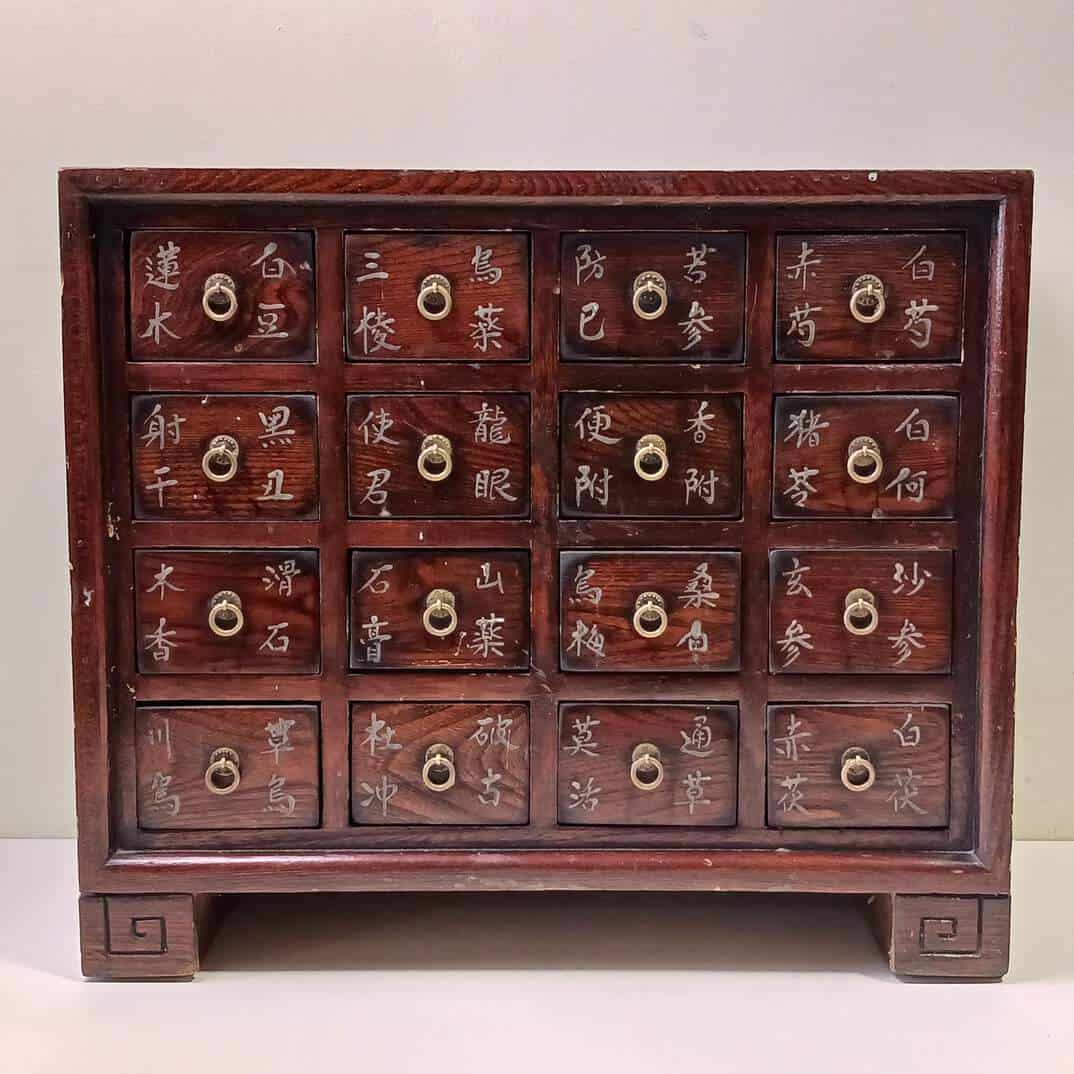
Pick a Topic below for more info.
Angelica
Chinese Angelica (Dang Gui), also known as Angelica Root or Angelica Archangelica, is derived from a plant in the Angelica genus. It grows up to 3m tall and features globe-like clusters of green or yellow flowers that develop into small, yellow fruits. The root of the plant is harvested in Early Spring or Late Fall, after which it is dried and prepared for use.
Angelica Root, also referred to as Dong Quai and Female Ginseng, is commonly used in Traditional Chinese Medicine (TCM) to address female hormonal issues. It falls under the category of ‘Tonic herbs for Blood Deficiency’ in TCM and is employed for patterns of deficiency to replenish the essential elements of qi, blood, yin, and yang. This warm herb helps restore the yin-yang balance, particularly in individuals with an excess of ‘Cold’ in their bodies or experiencing Yin Excess or Yang Deficiency. Angelica Root has pungent and sweet properties that promote the circulation of qi and body fluids, detoxify the body, and provide a tonic effect by replenishing qi and blood. It specifically targets the Heart, Liver, and Spleen in TCM practice.
For more information: Chinese Angelica Root. All Things Health.
Atractylodis
In Traditional Chinese Medicine, atractylodis is considered to have a bitter and warm nature and primarily affects the meridians of the spleen and stomach. It is known for its various functions, including invigorating Qi, strengthening the spleen, promoting diuresis to eliminate dampness, preventing excessive sweating, and aiding in the prevention of miscarriage. In clinical practice, atractylodis is commonly used to address conditions such as poor appetite due to spleen deficiency, abdominal distension, diarrhea, dizziness, palpitations caused by phlegm and fluid retention, edema, spontaneous sweating, and irritability during pregnancy. It is a frequently used Chinese herbal medicine in China, particularly for treating conditions related to spleen hypofunction, loss of appetite, abdominal distension, diarrhea, dizziness, and heart palpitations (Liu W. et al., 2021).

For more information: Atractylodes Health Benefits: Chinese Medicine. TCM Blog.
Forsythia
Forsythia is a shrub employed in Traditional Chinese Medicine (TCM) for the treatment of symptoms like nausea and fever. It possesses potential antibacterial, antiviral, and anti-inflammatory properties that may offer relief for minor ailments. Its actions involve expelling heat and toxicity from the blood and dispersing external wind-heat from the body, making it beneficial for various warm disease syndromes. Forsythia is also known to heal sores, reduce swelling, and alleviate conditions such as sore throats, carbuncles, boils, abscesses, stress rash, erysipelas, pustules under the skin, chickenpox, and measles. It is highly regarded as a valuable remedy for patients prone to frequent ulcers and individuals susceptible to skin infections.
For more information: “What is Weeping Forsythia (Forsythia Suspensa)?” All Things Health.
Ginseng
In Traditional Chinese Medicine (TCM), ginseng is frequently recommended by practitioners to support the digestive functions associated with the spleen system. In TCM, the spleen refers to a system responsible for regulating digestion rather than a specific organ. Considered a vital control center, the spleen regulates the flow of Qi (energy) and blood throughout the body. By nourishing the spleen, one can invigorate the entire body. Hence, ginseng is commonly prescribed in TCM to address digestive disorders and promote overall well-being.
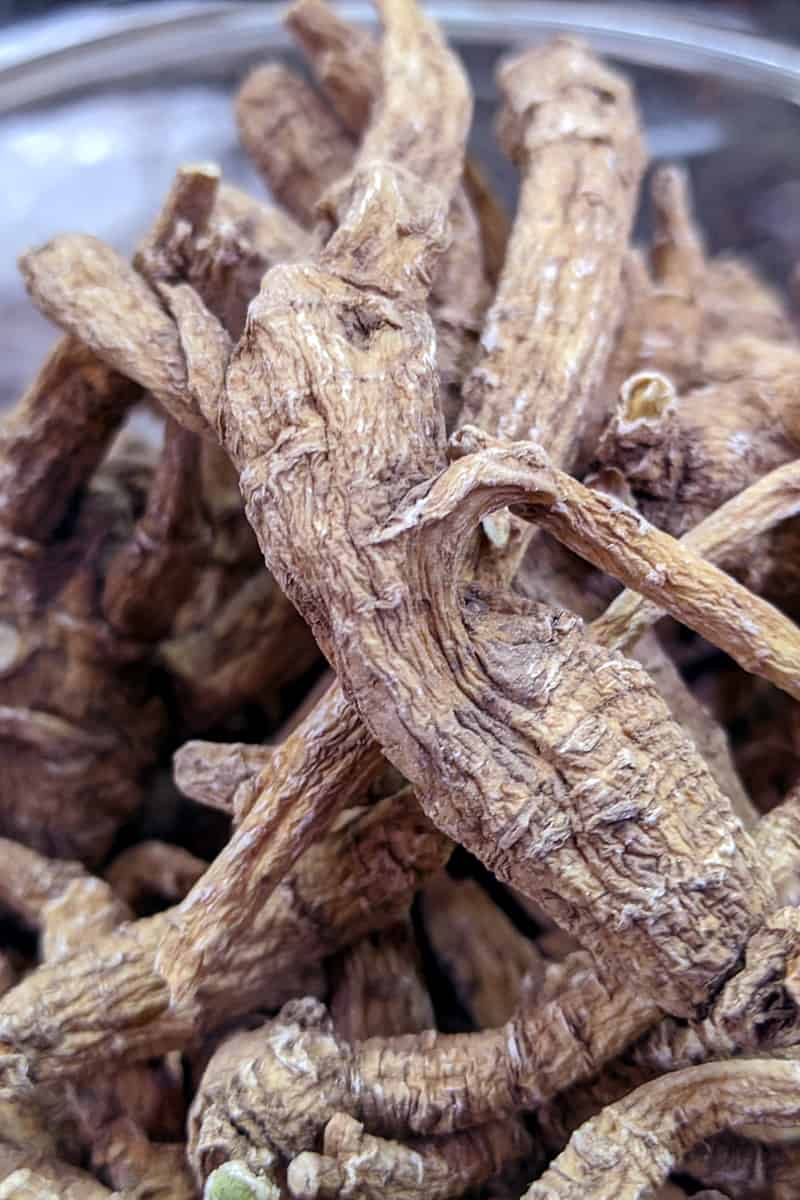
For more information: In Traditional Chinese Medicine, Ginseng Is King of Tonic Herbs. Smithsonian Folklife Festival. 13 May 2020
Honey Locust Fruit
Honey Locust Fruit has properties in Traditional Chinese Medicine (TCM) that can be helpful in addressing certain health conditions. It is particularly effective in dispersing phlegm in the lung channel, which can be beneficial for chronic or stubborn phlegm accumulations. These accumulations often manifest as chest congestion, tightness, cough with difficult-to-expectorate phlegm, and difficulty breathing or wheezing.
Honey Locust Fruit is also known to have an impact on the sensory orifices in TCM. This means that it can help revive unconscious individuals who may have experienced a stroke or epilepsy. In such cases, symptoms like a locked jaw, foaming of the mouth, and difficulty breathing may be present. Zao Jiao can also aid in relieving constipation by inducing bowel movements.
For more information: Mao. Chinese Honey Locust. Ask Dr Mao: The Natural Health Search Engine.
Chinese Licorice Root
In Traditional Chinese Medicine (TCM), Chinese Licorice Root is utilized for its therapeutic properties in addressing various health concerns. It is known to replenish Qi and specifically targets deficiencies in the Spleen and stomach. By doing so, it can help alleviate symptoms such as fatigue, general weakness, poor appetite, and loose bowels. Additionally, Chinese Licorice Root has the ability to moisten the Lungs, expel Phlegm, and provide relief for cough conditions.
In TCM, Chinese Licorice Root is also employed for the treatment of digestive disorders, particularly those stemming from Blood Deficiency that may manifest as muscular spasms. It can support the healing process for pus-forming infections or inflammatory conditions. Furthermore, the herb is recognized for its detoxifying properties, as it helps clear Heat and dispel toxicity from the body. Overall, Chinese Licorice Root holds a significant place in TCM for its multifaceted applications in promoting health and well-being.
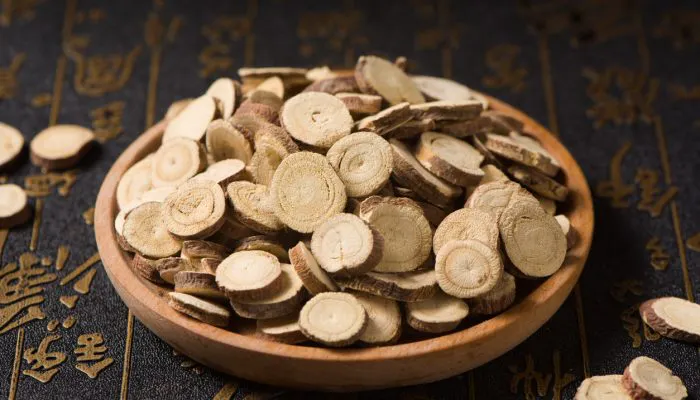
For more information: Chinese Licorice Root. All Things Health.
Lovage
In Traditional Chinese Medicine (TCM), this herb is characterized as having acrid and warm properties. It affects three meridians: the liver, gallbladder, and pericardium. Its primary functions involve promoting blood circulation, facilitating Qi movement, relieving obstruction in the collateral vessels, and alleviating pain by dispelling wind. It is commonly used for conditions such as irregular menstruation, amenorrhea, dysmenorrhea, postpartum stasis-type pain, abdominal masses, chest and flank pains, headaches and dizziness, wind-cold-wetness-related arthralgia, traumatic injuries, as well as carbuncles and deep-rooted carbuncles.
For more information: Lovage (Chuan Xiong). Chinese Herbs Healing. 2 Dec 2022.
Mugwort
Chinese Mugwort (Artemisia vulgaris), also commonly known as moxa, is an important herb in Traditional Chinese Medicine (TCM) with a wide range of applications. Its penetrating warmth properties make it valuable for alleviating cramps, boosting energy levels, and providing protection against cold and seasonal ailments. Mugwort has been an integral part of Chinese medicine for over 2500 years, and its uses are deeply rooted in TCM practices. In TCM, mugwort is associated with the kidney, liver, and spleen meridians, which are the pathways through which the vital energy known as Qi flows. This herb has been traditionally employed in TCM to address various health conditions, leveraging its therapeutic effects on these meridians.
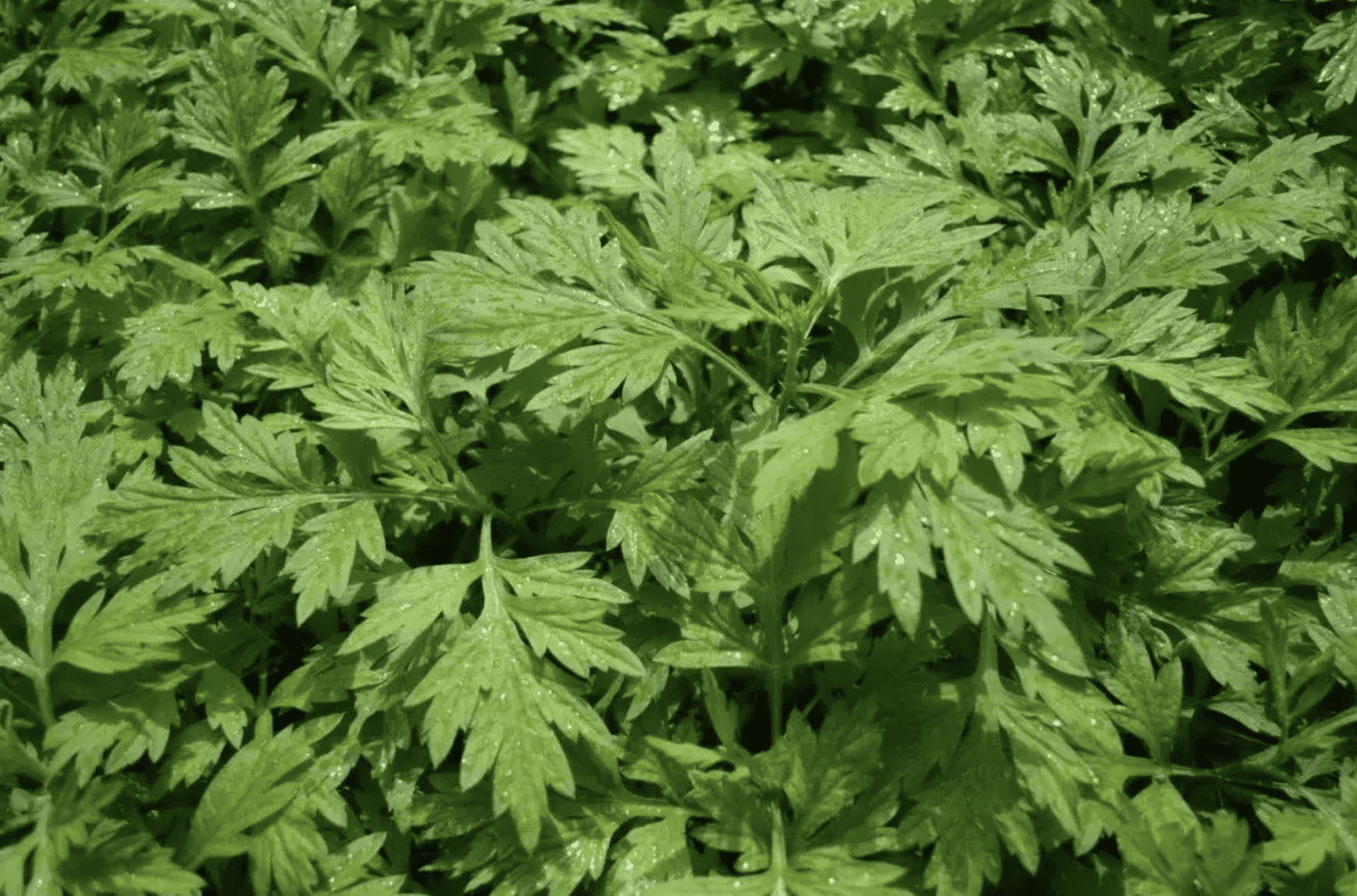
For more information: Chen, Yelang. “What is Chinese Mugwort used for?”. Son of China. 29 Jun 2022.
Poria Mushroom
Poria, a mushroom with a revered history in China, is highly regarded as a Yin tonic herb and extensively used in Traditional Chinese Medicine. This versatile herb offers numerous benefits, including immune support, anxiety relief, and sleep promotion. It helps eliminate dampness, tonify the heart and spleen, calm the mind, and serves as a Yin and Qi tonic. Poria has also shown antitumor properties. It has been traditionally used for conditions such as poor appetite, insomnia, fatigue, digestive disorders, coughs, immune support, diabetes, kidney inflammation, and aiding recovery from illness, to name a few of the many uses.
For more information: Poria (Fu Ling). White Rabbit Institute.
Radish Seeds
Radish seeds possess properties that aid digestion and alleviate food stagnation, facilitating the smooth flow of qi and relieving abdominal distention. This herb proves beneficial in addressing stomach-related ailments such as acid reflux, bad breath, diarrhea, and nausea. By stimulating the gastrointestinal tract and promoting unobstructed qi flow, it supports effortless digestion and optimal nutrient absorption. Furthermore, radish seeds contribute to a balanced gastric environment, ensuring long-term digestive well-being. Chinese medicine practitioners also recognize its ability to invigorate spleen qi, promoting the spleen’s optimal functioning. With its remarkable potency in supporting indigestion, ancient Chinese herbalists have described its effectiveness as a “force that could collapse walls.”
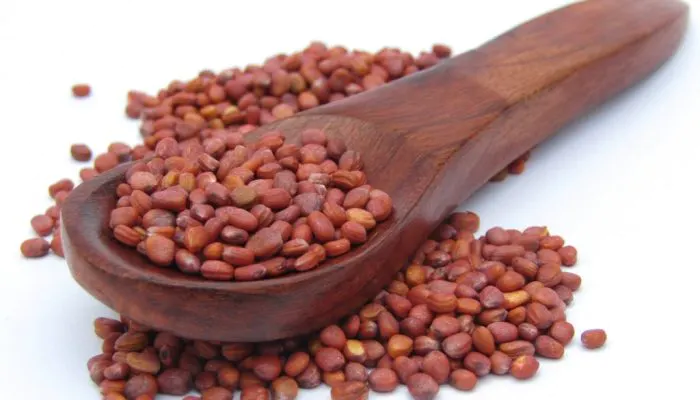
For more information: Raymond, Alex. “Radish Seeds (Lai Fu Zi) – The Potent Punch Among Chinese Herbs.” DAO Labs. 22 May 2017.
Rehmannia
In traditional Chinese medicine, achieving good health relies on balancing the opposing forces of yin and yang within the body. Rehmannia is a commonly used herb that is believed to address conditions associated with yin deficiency, or “balance the yin.” These conditions can range from allergies, anemia, and cancer to constipation, diabetes, fever, eczema, high blood pressure, bacterial and fungal infections, rheumatoid arthritis, osteoarthritis, insomnia, and pain relief. Rehmannia is known for its ability to restore balance to the yin aspect of the body.
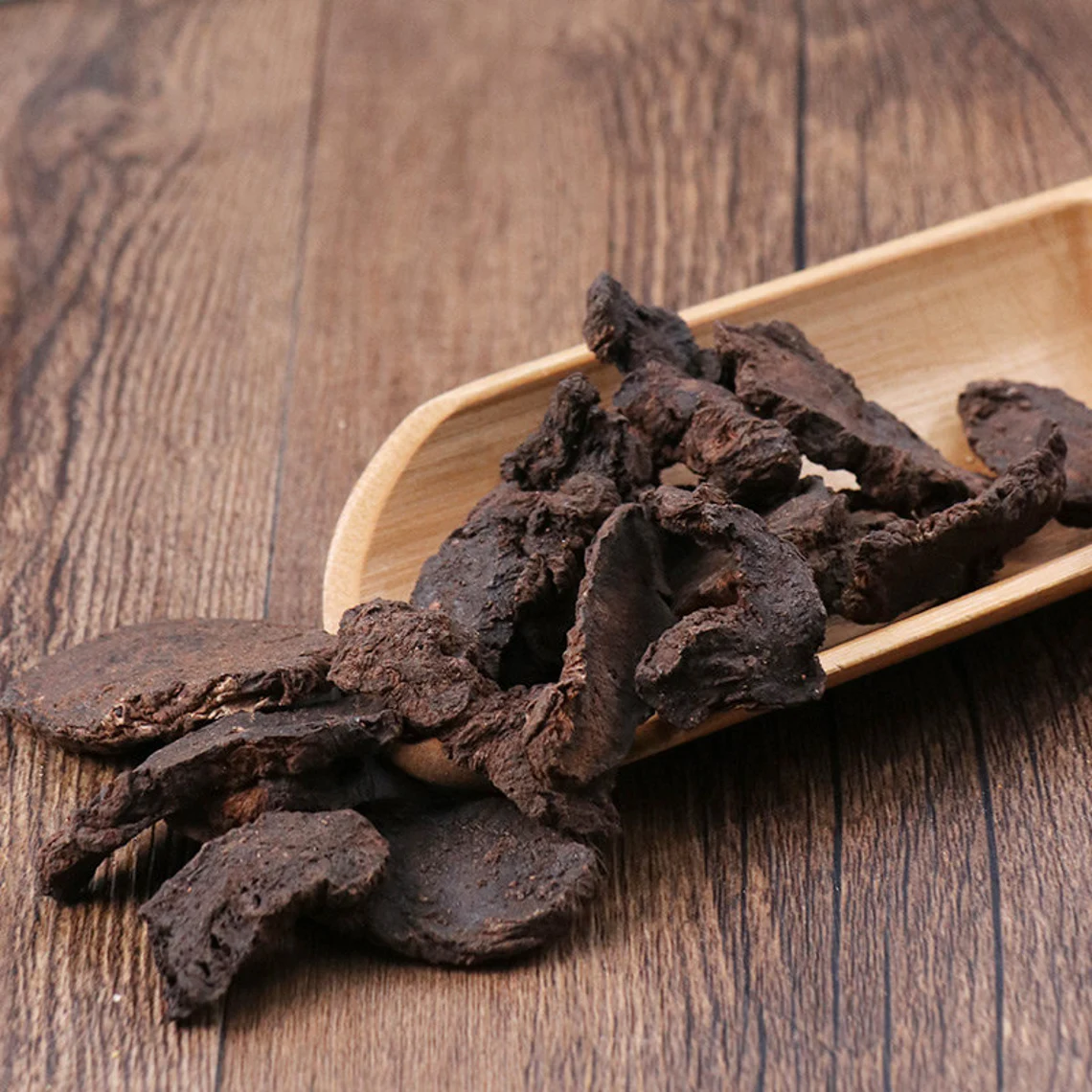
For more information: Goldman, Rena. Rehmannia: A Chinese Mystery. Healthline. 10 Oct 2014.
White Peony Root
White Peony Root is commonly utilized in Traditional Chinese Medicine (TCM) to support blood circulation, enhance energy levels, and promote emotional balance. This herb has a historical association with alleviating anxiety and depression by inhibiting the reuptake of serotonin, a neurotransmitter that plays a role in mood regulation. Regular supplementation with peony root may result in improved focus, mental stability, and a sense of comfort.
In TCM, White Peony Root is valued for its blood-toning properties and its ability to cool excessive heat in the liver. It is often used to address symptoms such as abdominal pain, muscle spasms, and irregular periods in women. Additionally, practitioners believe it has astringent properties to reduce sweating and possesses antibacterial, antispasmodic, and anti-inflammatory characteristics.
For more information: Let’s Talk About The White Peony Root (Bai Shao). DAO Labs. 13 Aug 2019.
Moxibustion
Moxibustion is a widely practiced technique in Traditional Chinese Medicine (TCM) that utilizes burning mugwort to stimulate acupuncture points. By promoting the flow of Qi and addressing imbalances, it aims to support the body’s natural healing processes. Moxibustion can be used to alleviate pain, improve circulation, enhance immune function, and restore balance in various conditions. It is an integral part of TCM’s holistic approach to healthcare and is often combined with acupuncture and herbal medicine to provide comprehensive treatment. Moxibustion should be performed by trained practitioners to ensure safety and proper application.
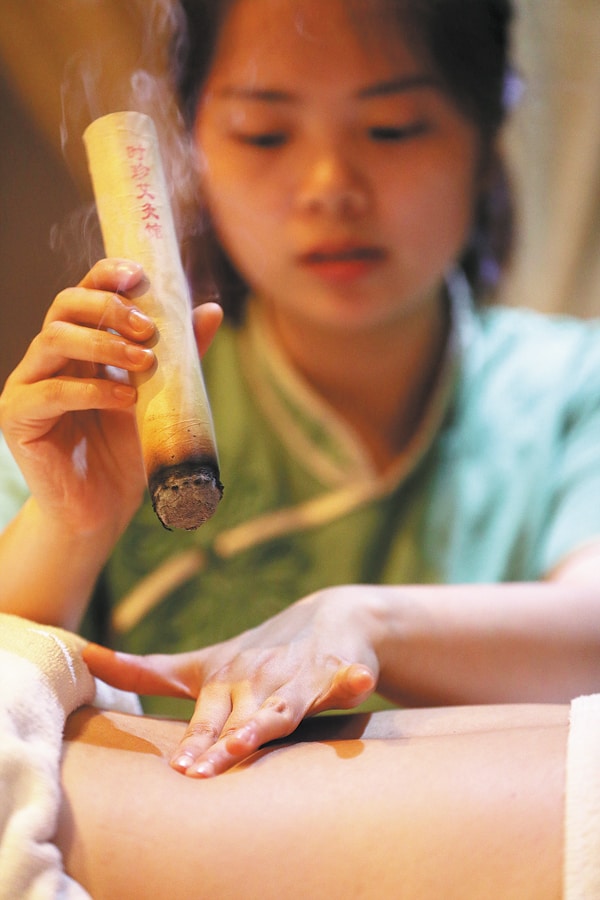
FENG YONGBIN/CHINA DAILY
Articles
Moxibustion in Early Chinese Medicine and Its Relation to the Origin of Meridians: A Study on the Unearthed Literatures. Deng, Hongyong, and Shen, Xueyong. National Library of Medicine: National Center for Biotechnology Information. 19 Feb 2017.
Moxibustion: Medicine. Britannica. 20 July 1998.
Small Pox
Smallpox, a highly contagious and often severe infectious disease, had a significant impact during the Ming Dynasty in China. It caused widespread outbreaks and claimed numerous lives. The Ming Dynasty physicians faced the challenge of treating smallpox and developed various methods to manage the disease, including herbal remedies and techniques such as acupuncture and moxibustion. Despite these efforts, smallpox remained a significant threat, affecting people of all ages and social backgrounds.
Variolation
In response to the devastating effects of smallpox, variolation, a precursor to modern vaccination, emerged in China during the Ming Dynasty. Variolation involved the utilization of dried smallpox scabs, which were meticulously ground into a fine powder. The powder was then administered through two main methods: nasal sufflation and arm pricking. In nasal sufflation, the powdered scabs would be blown into the patient’s nose, while in arm pricking, a needle dipped in infected material would be used to puncture the patient’s arm. These methods aimed to induce a milder form of smallpox infection, ultimately conferring immunity to the more severe manifestations of the disease. Variolation played a pivotal role in safeguarding individuals against smallpox during the Ming Dynasty, contributing to the mitigation of its devastating impact.
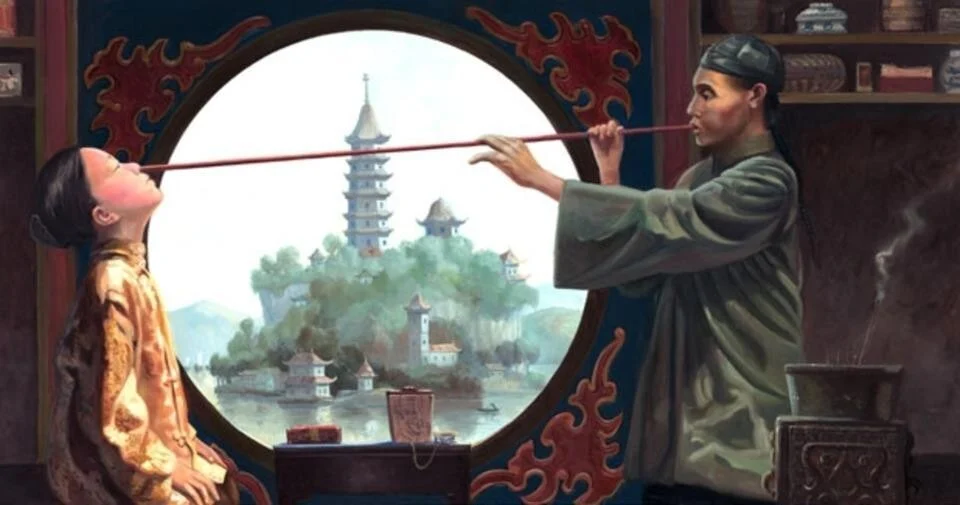
Article
Carter, James. “How a cataclysmic plague marked the end of Ming China” The China Project: Society and Culture. 30 Dec 2020.

